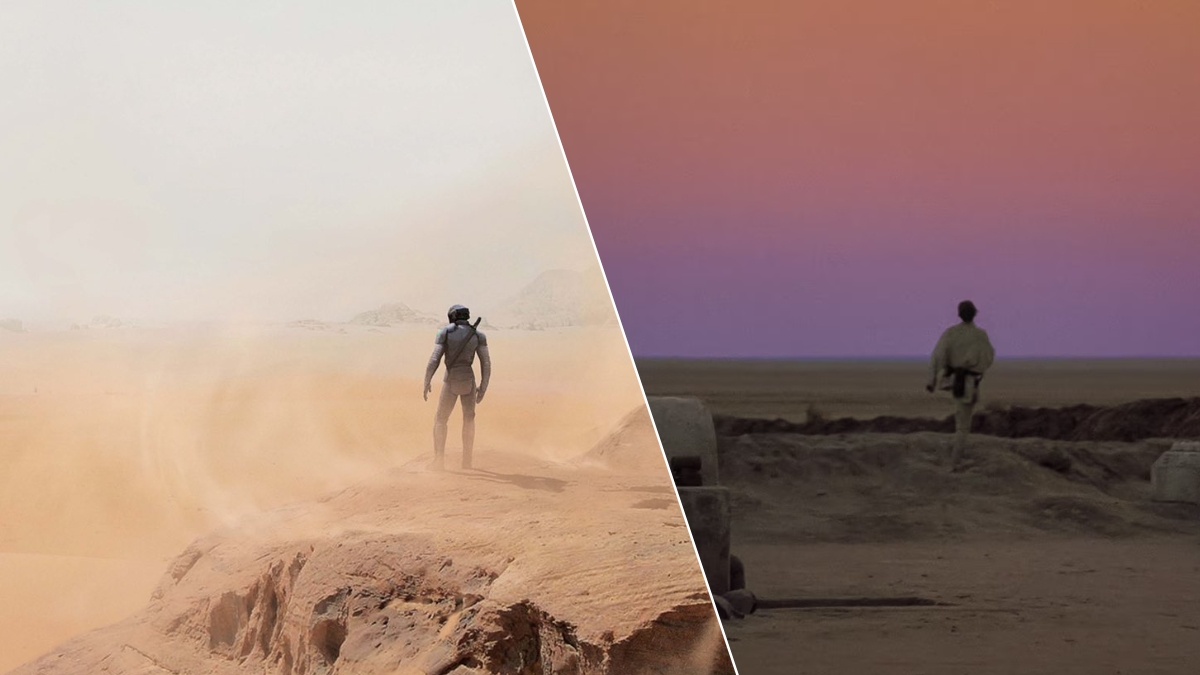Planets Like Arrakis or Tatooine Unlikely to Support Life According to NASA

Science fiction often imagines alien life thriving on desert planets, as seen in movies like Dune and Star Wars. Dune, for instance, is famous for its deadly sandworms that roam the barren world of Arrakis. However, new research from NASA suggests that life on such arid planets might be highly unlikely.
In Dune, the desert world of Arrakis, full of sandworms, is central to the plot. Although it orbits in the so-called habitable zone — where conditions could theoretically support life — recent findings show that these desert planets lose water in violent ways, making them inhospitable.
This research was shared at the American Geophysical Union’s 2024 conference, though the full study is still pending publication, via Space.com.
NASA’s Habitable Worlds Observatory team emphasizes the role of water in maintaining a planet’s temperature stability. Without enough water, a planet’s temperature can fluctuate wildly, making it difficult for life to survive.
Haskelle Trigue White-Gianella, a Ph.D. student at the University of Washington, explains that planets need a certain amount of water to avoid becoming uninhabitable:
These arid, dry planets, with significantly less than one Earth’s ocean of water may be common throughout the universe. We found that there is a threshold of water needed to maintain a stable climate … Even if a planet is in the habitable zone, if it has too small a water inventory, it transitions to an uninhabitable state.
Source: Space.com
Planets with large water reserves, like Earth, remain stable for billions of years. In contrast, planets with minimal water gradually lose it, leading to unstable climates. Those with less than 10% water coverage are particularly vulnerable.
Without water, they can’t regulate carbon dioxide levels, leading to runaway climate changes similar to Venus, which might have once been habitable.
Venus’s fate, where oceans boiled away, serves as a warning. If desert planets lose their water like Venus did, life would struggle to survive. This would make life forms like the Jawas or Tusken Raiders from Star Wars unlikely, unless they adapted to the desert long after the planet dried up.
Even with Earth-like conditions, it’s uncertain how planets transition into deserts. Mars, with its dune fields, and Titan, covered in organic sands, remain mysteries. NASA’s upcoming Dragonfly mission to Titan in 2028 aims to shed more light on these questions.
In Dune, Arrakis orbits Canopus, a short-lived star. Since life on Earth took over 800 million years to evolve, life around a star like Canopus seems unlikely. The story also reveals that sandworms, brought from another planet, trap water underground and turn the surface into a desert, producing the spice melange essential for space travel.
Planetary physicist Kevin Grazier, in the book The Science of Dune, suggests that sandtrout, the precursors to sandworms, maintain a symbiotic relationship with underground fungi, which could produce spice. This might explain spice’s hallucinogenic effects.
George Lucas’s Tatooine in Star Wars also faces scrutiny. Native creatures like the womp rat and krayt dragon probably wouldn’t survive the desertification process NASA describes.
As White-Gianella puts it, these sci-fi desert worlds are probably not real, which might disappoint some of us.
Have something to add? Let us know in the comments below!
